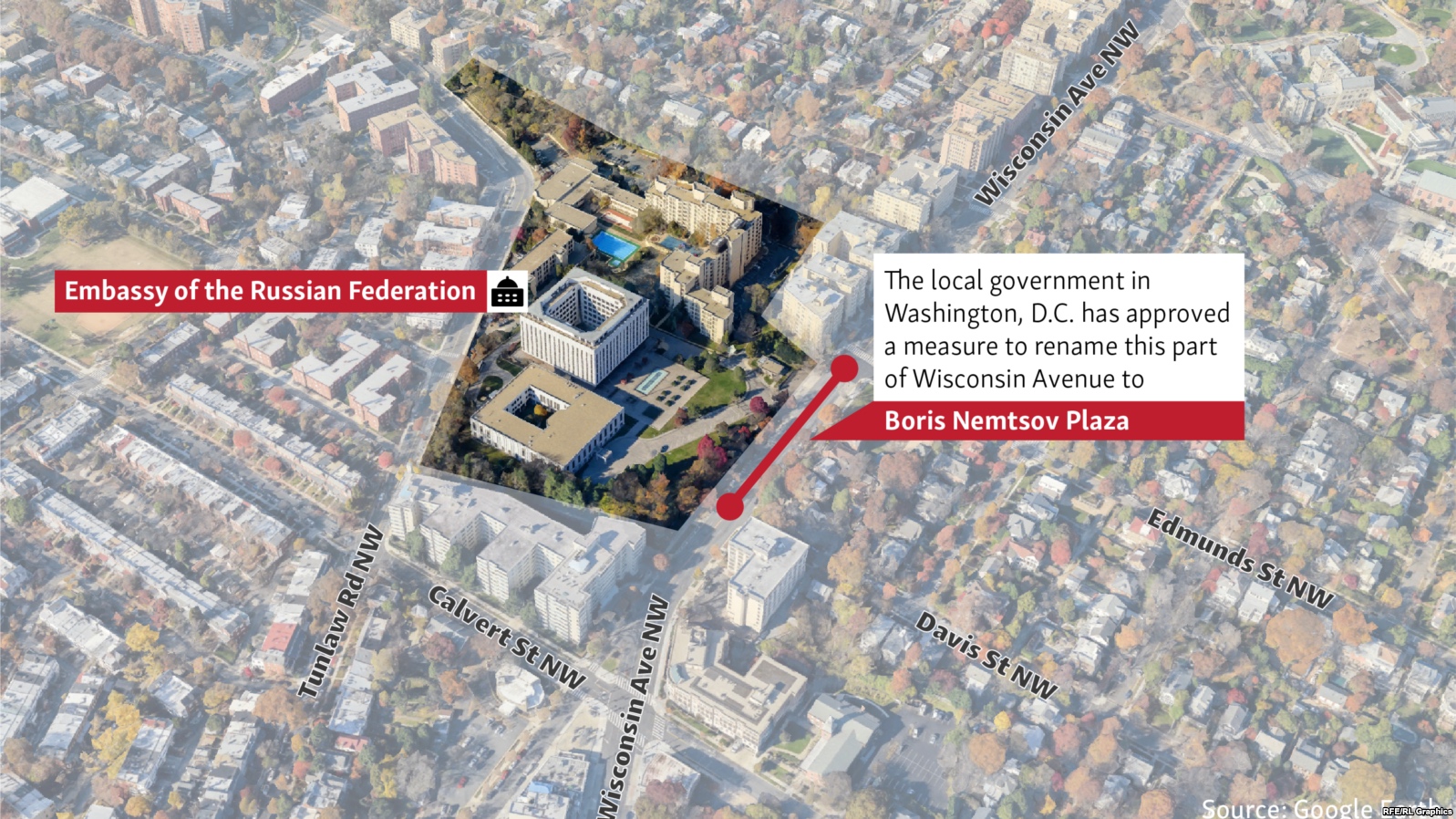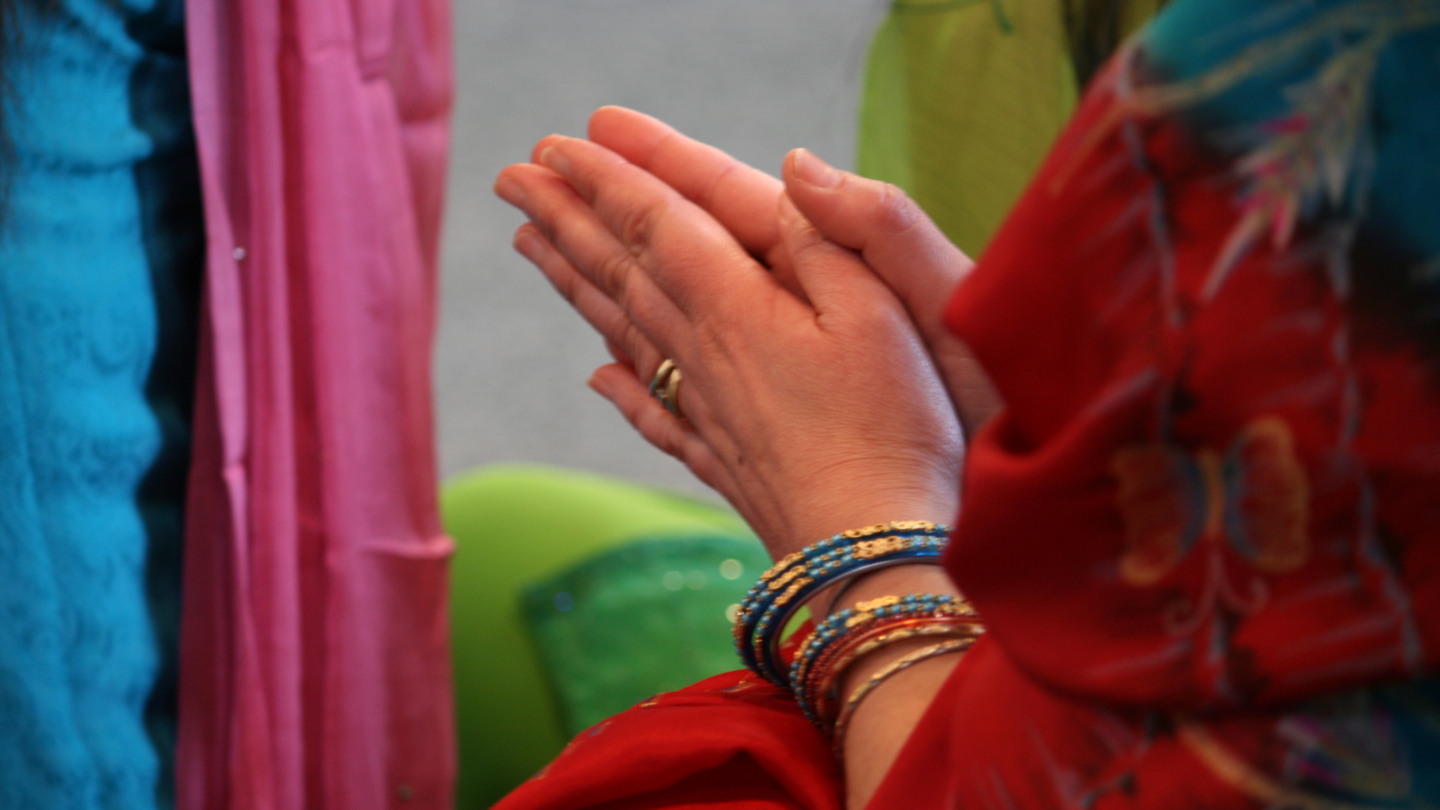The Names Revealed
I like to spend Sunday afternoons on the couch with a football game (US or European) or a novel maybe something by Rushdie or McEwan, but sometimes the outside world intrudes and I get hooked on something and lose my entire afternoon. Today was such a day.
Al-Ghad, one of the better independent newspapers in Yemen, published the list of names of the 112 individuals released by the Yemeni government over the past week. I have been waiting for the list since the news about the prisoners first broke last week, and I spent the afternoon going over the names on the list and cross-checking them against a list of 127 al-Qaeda prisoners in Yemeni jails that was posted on al-Ikhlas (the now defunct jihadi forum) on Feburary 1 and 3 2008. Al-Qaeda has consistently called for the release of these prisoners.
Reportedly, the deal was carried out between the government and a group of former mujahidin headed by Tariq al-Fadhli.
Al-Ghad broke the prisoners into four groups. Those released from San’a, those from Hadramawt, those from Aden and those from Hudaydah. According to my count, 30 of the 68 individuals released from San’a correspond to the names on the al-Qaeda list of prisoners. The most prominent of these released prisoners is Ibrahim al-Muqri. Al-Ghad has a story on some of the other prominent prisoners that have been released.
Al-Muqri was one of the 23 escapees, who tunnelled out of a political security prison in San’a in February 2006. This is the event that I use to mark the beginning of the second phase of the war against al-Qaeda in Yemen. Al-Muqri was arrested in Kenya, presumably on his way in or out of Somalia (another escapee, Mansur al-Bayhani, who has two brothers in Guantanamo, was killed in Somalia by US shelling in June 2007). Al-Muqri was eventually transferred back to Yemen, where he remained in jail. In the fifth issue of Sada al-Malahim, al-Qaeda’s bi-monthly journal, al-Muqri was one of the 13 individuals that the organization demanded be released. He is now free, according to al-Ghad.
One of the 25 individuals released from Hadramawt matched a name on the list of al-Qaeda prisoners in Yemeni jails. Three of the ten released from al-Mansurah prison in Aden match the al-Qaeda list. (Al-Mansurah has been mentioned specifically by al-Qaeda in statements and prison guards there foiled a prison break on December 25, 2008.) None of the nine released from Hudaydah match the names on the second list.
All told 34 of the 112 released prisoners match the list of prisoners al-Qaeda wants released.
Al-Ghad also reports that in the near future another 350 prisoners are set to be released.
So now, what is happening?
It is really very difficult to say, a lot of people in Yemen seem pretty confused, and there are a number of different theories right now about what is going on. The government is saying none of these people have committed any crimes and had not been charged with anything; they were only being held on suspicion. But of course that was also the case with people like Nasir al-Wahayshi who never had any charges leveled against him while he was in prison. In some respects the Yemeni government is finding itself in the same situation as the US is in with Guantanamo – what to do with guys you suspect are bad but can’t prove: do you let them all out and then only re-arrest the ones that return to the fight or do you keep them all locked up indefinitely?
The government is also coming under criticism from groups like Human Rights Watch, which was recently in Yemen according to the al-Ghad report.
My initial take is that the government is trying to do a number of things at once: 1. It is trying to split al-Qaeda but making deals with the people it can make deals with. 2. It is trying to ease some of the criticism from both al-Qaeda and human rights groups about mistreating prisoners, hoping this will dry up support for al-Qaeda and further split the organization. 3. It is looking to have potential support against the south. 4. It is trying to re-establish some sort of non-aggression pact with the released prisoners so that they won’t carry out any attacks in Yemen.




